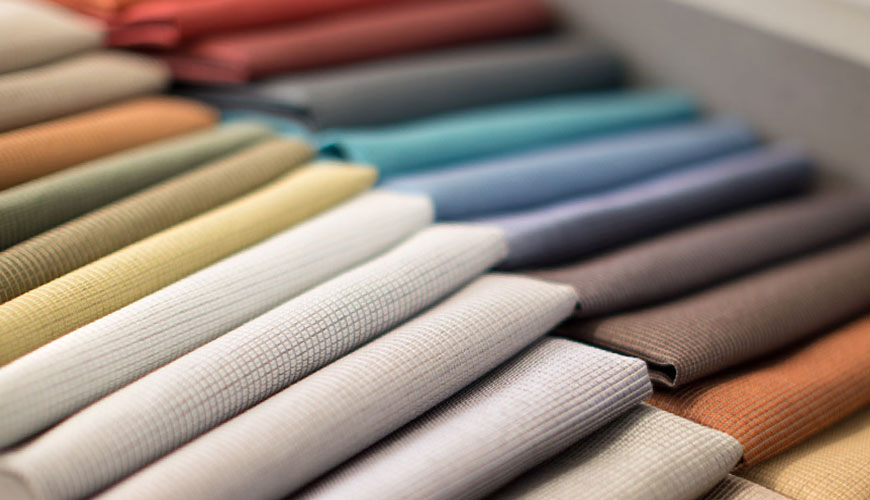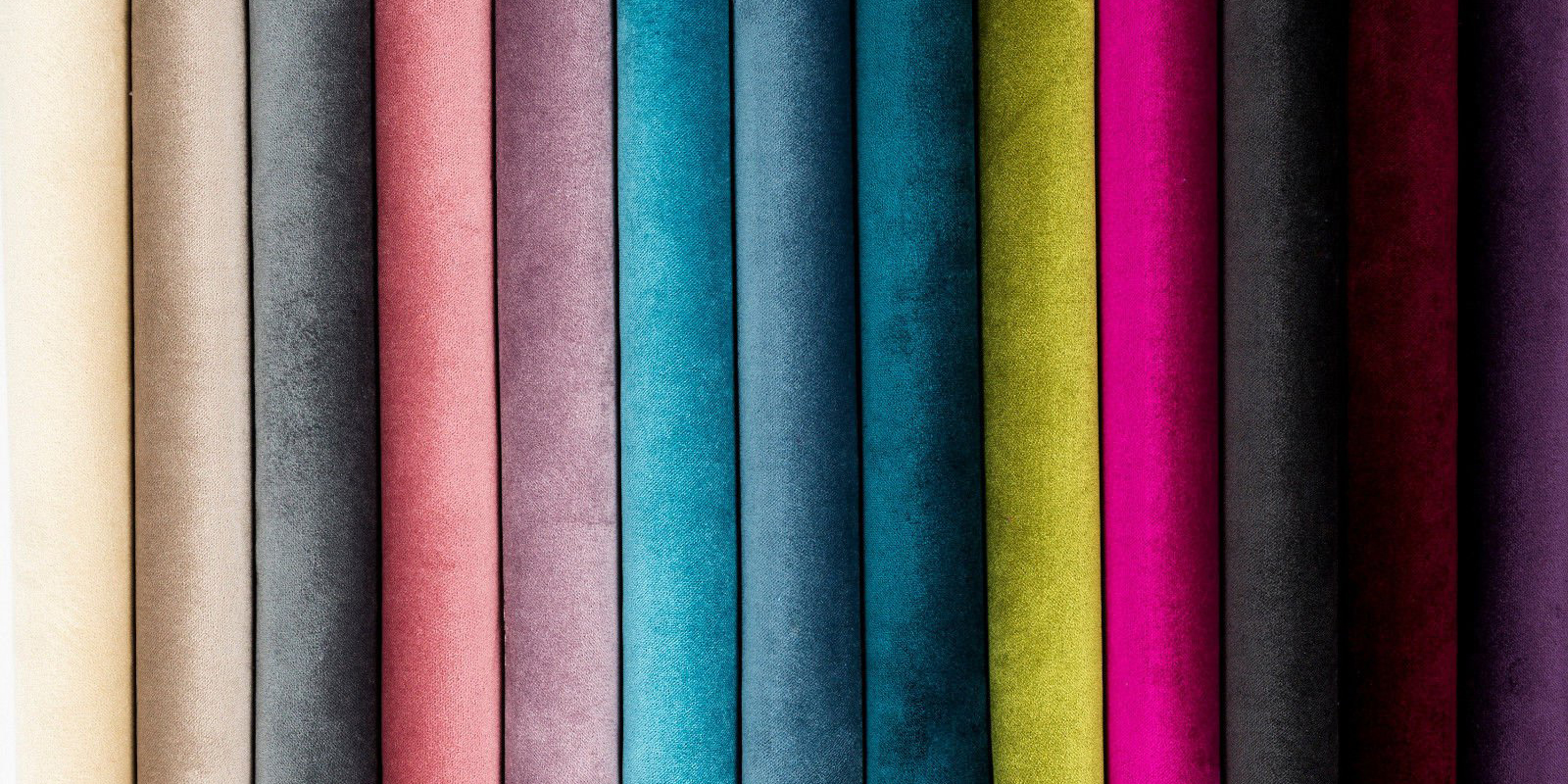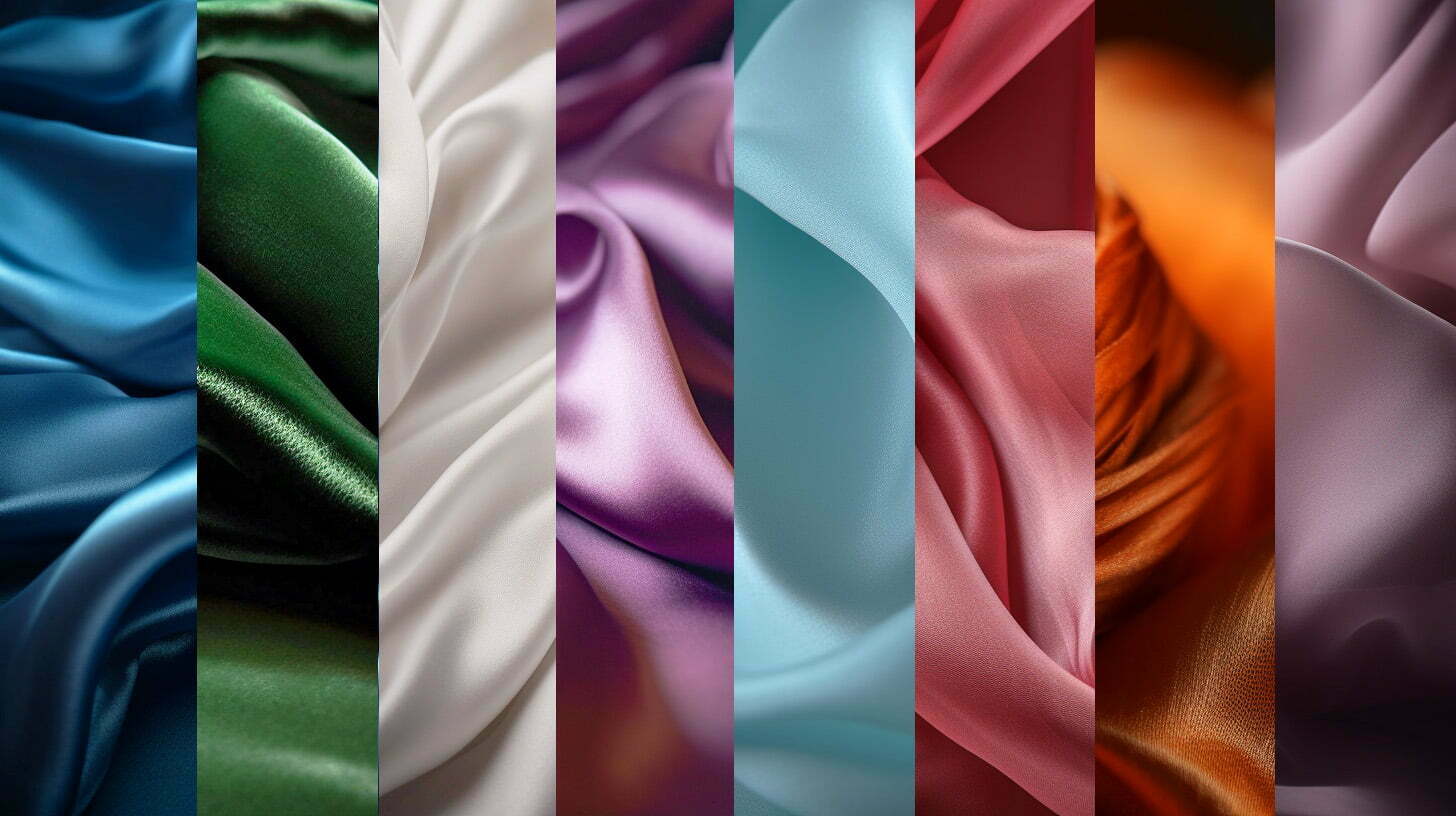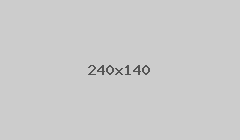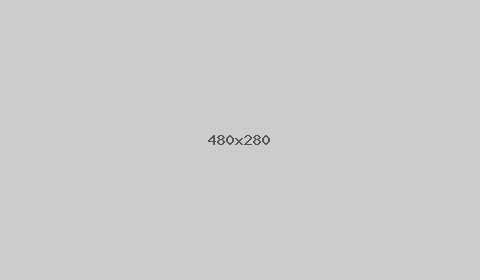Coat fabric is one of the most essential and versatile materials in the world of fashion, commonly used for making formal suits, blazers, overcoats, and everyday jackets. Due to its durability, elegant appearance, and ability to maintain shape, coat fabric has a prominent place in both men’s and women’s wardrobes, especially in formal and semi-formal attire. In this article, we will explore the history, characteristics, types, and uses of coat fabric, along with essential tips for its care.
History of Coat Fabric
The history of coat fabric dates back to medieval Europe when coats were a symbol of social status and power. Nobles and royals wore heavy coats made from wool and velvet to showcase their wealth and position. Over time, coats became an essential part of both men’s and women’s clothing, not just for protection against the cold but also as a fashion statement. The Industrial Revolution led to the production of various types of coat fabrics, making them more accessible to a wider population. Today, coats are considered a classic piece of clothing for both formal and casual wear.
Characteristics of Coat Fabric
Coat fabric is distinct for its unique structure and the materials used in its production, giving it several special features that contribute to its popularity and longevity in fashion. Some of the key characteristics of coat fabric include:
- High Durability: Coat fabric is highly durable due to the use of strong fibers and a tightly woven structure. These fabrics resist wear, tearing, and fraying, making coats made from them last for many years.
- Shape Retention: One of the most important qualities of coat fabric is its ability to maintain its shape. This allows coats to retain their structured, tailored appearance, even after multiple wears.
- Elegant and Formal Appearance: Coat fabric generally has a smooth and polished surface, which gives garments a formal and refined look. These fabrics are typically available in classic and neutral colors like black, gray, navy, and brown, making them ideal for formal occasions and business settings.
- Variety in Texture and Thickness: Depending on the materials used, coat fabrics come in different textures and weights. Some are thinner and lighter, making them suitable for spring and summer, while others are thicker and warmer, perfect for winter and fall coats.
- Versatile Material Combinations: Coat fabric can be made from a wide range of materials, including natural fibers like wool and cotton, as well as synthetic fibers like polyester and nylon. This versatility allows coat fabric to be used in various styles and designs, from formal suits to casual jackets.
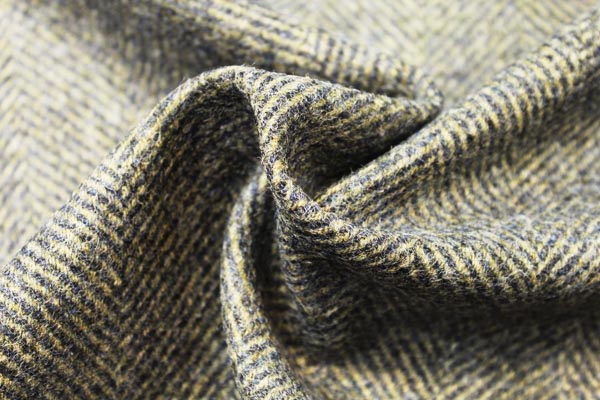
Types of Coat Fabric
There are several types of coat fabric, each with its own distinct properties and uses. Here are some of the most popular types:
- Wool Fabric: Wool is one of the oldest and most premium materials used for coat fabrics. Wool coats are known for their natural warmth, making them perfect for fall and winter. Wool also gives coats a classic, formal appearance, which is why it is often used for business suits and overcoats.
- Cotton Fabric: Cotton is a lightweight and breathable fabric commonly used for spring and summer coats. Cotton coats typically have a more casual appearance, making them ideal for everyday wear or semi-formal occasions.
- Polyester Fabric: Polyester is one of the most widely used synthetic fibers in coat fabrics. It is known for being durable, wrinkle-resistant, and easy to care for, making it a popular choice for everyday coats and workwear. Polyester fabric is also more affordable compared to natural fibers.
- Velvet Fabric: Velvet is a luxurious option for coats, with its soft, glossy surface adding a touch of elegance to any outfit. Velvet coats are often worn for special occasions and formal events, where a more glamorous and sophisticated look is desired.
- Tweed Fabric: Tweed is a heavy woolen fabric with a textured and rugged appearance. It is commonly used for winter and fall coats due to its warmth and durability. Tweed coats often come in earthy tones or herringbone patterns, making them perfect for casual and country-style wear.
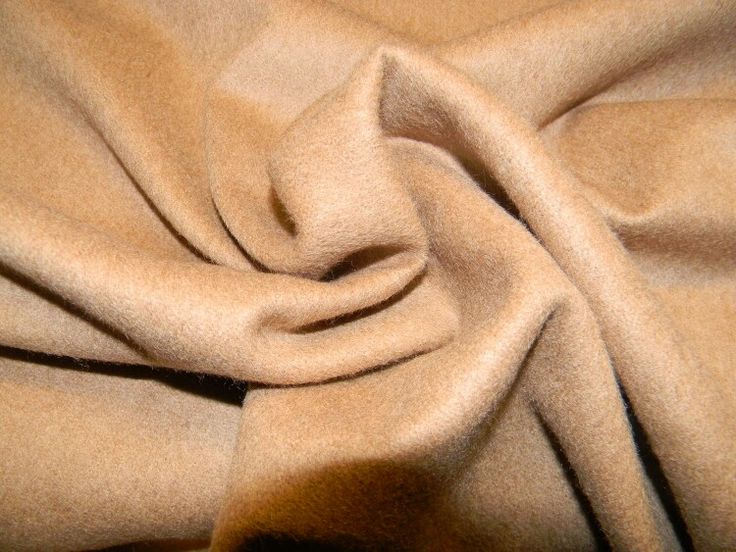
Applications of Coat Fabric
Due to its wide range of features and versatility, coat fabric is used in various clothing styles and garments. Some of the most common applications include:
- Formal Suits and Blazers: Coat fabric is a top choice for formal suits and blazers due to its structured appearance and durability. These garments are ideal for business meetings, formal events, and important occasions, giving the wearer a professional and polished look.
- Casual and Everyday Coats: Fabrics like cotton and polyester are perfect for designing casual coats and jackets that can be worn daily. These coats provide comfort, style, and practicality for different weather conditions.
- Winter and Fall Coats: Wool and tweed fabrics are known for their warmth and insulation, making them ideal for winter and fall coats. These coats provide protection against the cold while maintaining an elegant and classic style.
- Evening and Special Occasion Coats: Velvet and silk fabrics are often used to create formal coats for evening events, parties, or ceremonies. These coats add a touch of luxury and are usually worn over gowns or evening attire for a more glamorous look.
- Seasonal Coats: Depending on the type of coat fabric, seasonal coats can be designed for both warm and cold months. Lighter fabrics like cotton and linen are perfect for spring and summer, while heavier fabrics like wool and fleece are ideal for fall and winter.

Care and Maintenance of Coat Fabric
Coat fabric requires special care to ensure its longevity and maintain its appearance. Some important tips for caring for coat fabric include:
- Handwashing or Dry Cleaning: Many coat fabrics, especially wool and velvet, require special cleaning methods and should be dry-cleaned to avoid damage. Cotton and polyester fabrics can sometimes be machine-washed but should be treated with care.
- Proper Ironing: Coat fabrics should be ironed at the appropriate temperature to prevent wrinkles and maintain their shape. Use a lower heat setting for thinner fabrics like cotton, and a higher setting for thicker fabrics like wool.
- Storing in a Dry and Cool Place: Coat fabrics should be stored in a dry, cool environment to prevent mildew and unpleasant odors. It is best to hang coats in garment bags or protective covers to keep them clean and free from dust.
- Regular Dusting and Brushing: For everyday coats, using a lint roller or soft brush to remove dust and debris is important. This will help keep the coat looking fresh and increase its longevity.
Conclusion
Coat fabric, with its combination of durability, style, and versatility, remains one of the most popular choices for making formal, casual, and seasonal outerwear. Its unique characteristics allow it to be used in a wide variety of applications, from formal business suits to winter coats and evening jackets. By choosing the right coat fabric for the season and occasion, and by following proper care and maintenance, one can enjoy the beauty and practicality of a coat for many years to come.

